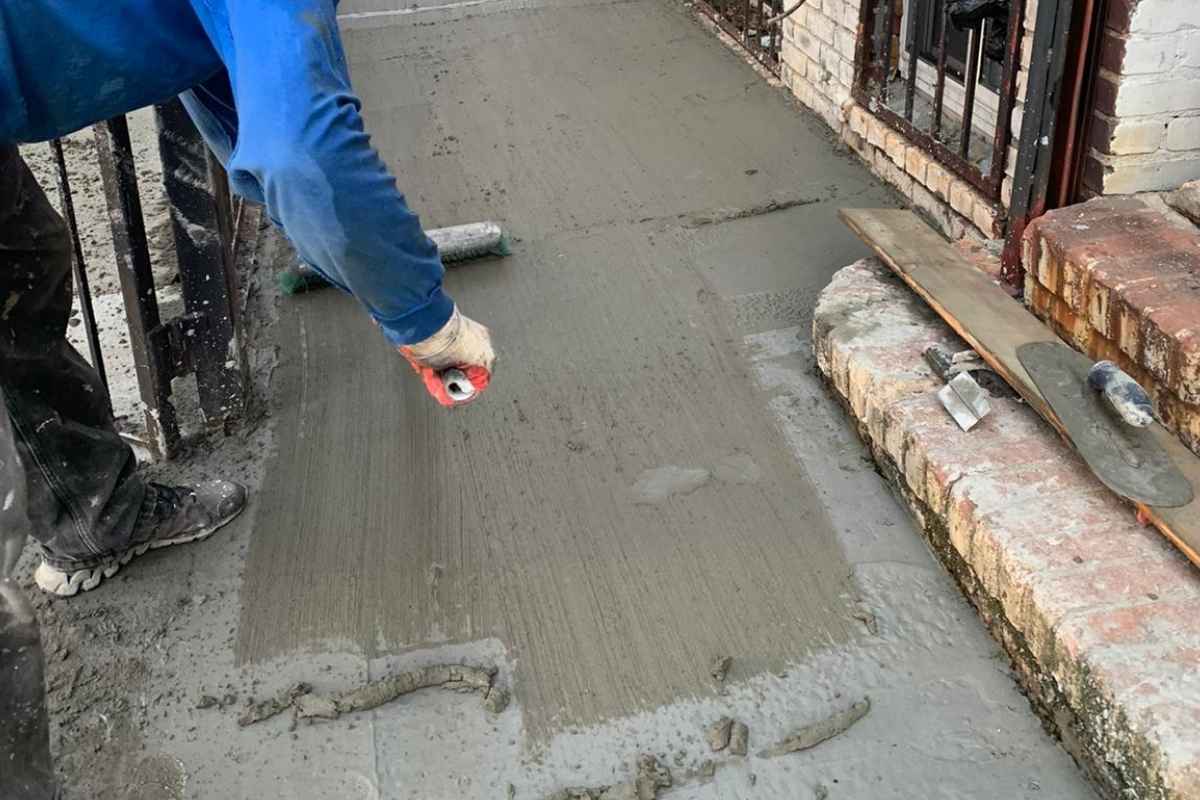
Pouring concrete or making a concrete slab involves more than what is visible to the eye. A lot of planning and work goes into the preparation, installation, and aftercare of concrete. Doing it right the first time will ensure that the project is as durable as you expect and lasts a long time. Using a volumetric concrete mixer and raw material calculator for construction is one technique to get the perfect mix; it helps prevent disaster by enabling the right volume and mix to be made on-site.
Not being ready for bad weather.
Obtaining a weather forecast is essential while working with concrete. It is best to practice sheltering your setting concrete from severe weather, even if fair weather is expected. Extreme cold or heat won’t help your concrete set, but rain is the biggest concern. Always cover freshly laid cement because if it gets wet, it will deteriorate, and all your work will be for nothing.
Failure to weigh the tarpaulin down to prevent it from being blown off by the wind is a mistake that can be made when covering wet cement. When a cover is made of a non-waterproof material or has gaps, water might seep through.
Improper finishing work
The job is not over after the concrete is poured; if the finishing work is not done on the wet concrete, difficulties will develop later. Concrete that hasn’t been screeded will build up rough and uneven. To level the wet concrete and eliminate any extra, run a screed board over it and move it back and forth along the forms.
If you don’t edge the concrete after you screed it, the edges will be rough and sharp. Move the edging tool back and forth between the forms and the aggregate using long, delicate strokes. After the concrete has been edged, it needs to be floated to get rid of the edging marks before the project is compacted to completion.
Removing forms early
Although it could be tempting, you should resist the urge to take the forms off before the concrete has had a chance to build up fully. You should exercise control and wait at least 24 hours or, ideally, 48 hours before removing the forms to avoid undoing all of your hard work.
Using too much water
The strength of the concrete will be reduced if a large amount of water is used to meet the need for workability. The cured concrete will become more porous and permeable, and the reinforcement will corrode as a result of this. The proper water-cement ratio for the concrete mix is strongly advised.
Poor compaction of the concrete
The grade of the concrete construction will depend on the quality of the concrete mix and the compaction operations. A honeycombed porous concrete can be prevented using proper ramming or vibration to compact the fresh concrete.
Final thoughts
Last but not least, there can be grout leakage during the placing and compacting of the concrete. A good cement and concrete formwork must be leak-free and airtight. Buying the best quality cement reduces water leaks in concrete and lasts longer. Water leaking from the grout is possible if the formwork’s joints are not firmly sealed. A cured concrete slab with water leakage will have less cement and fine particles and many more air gaps and pores.
